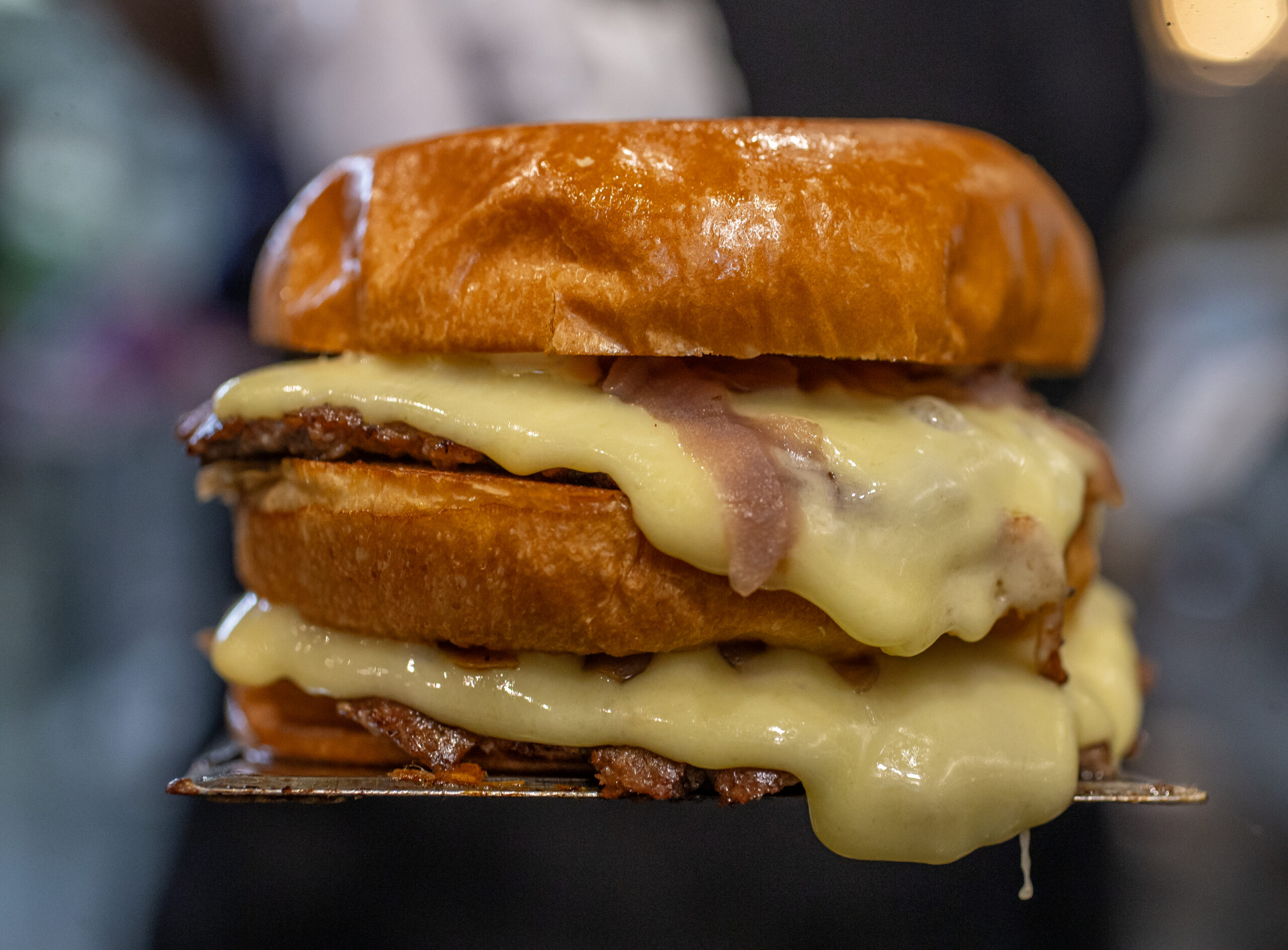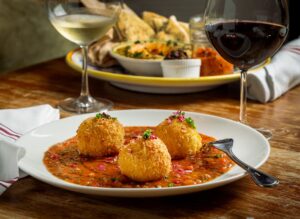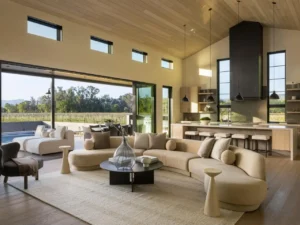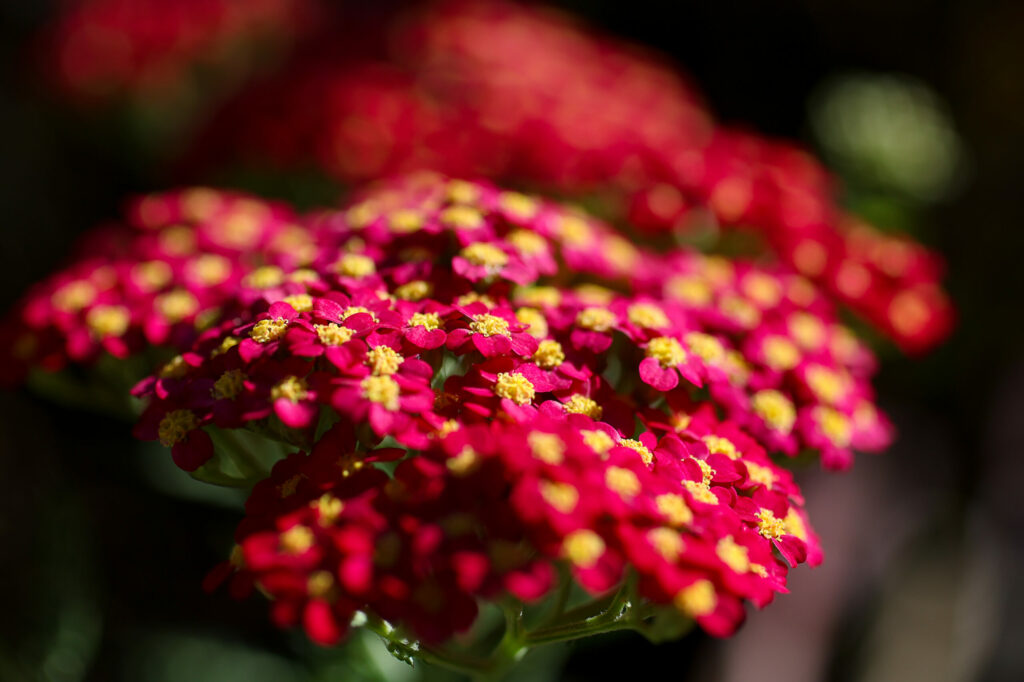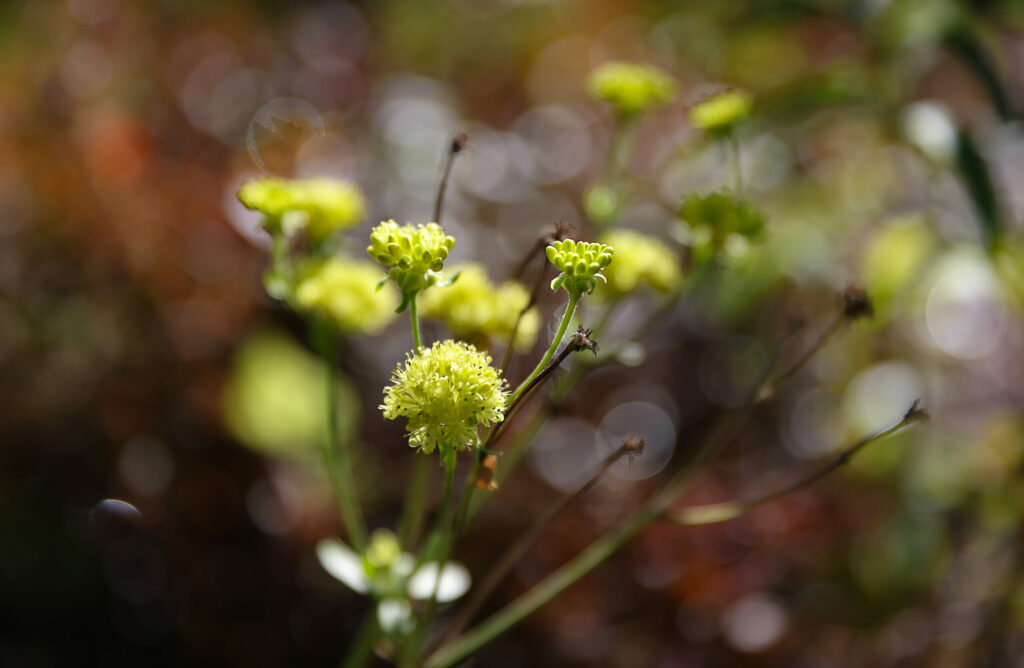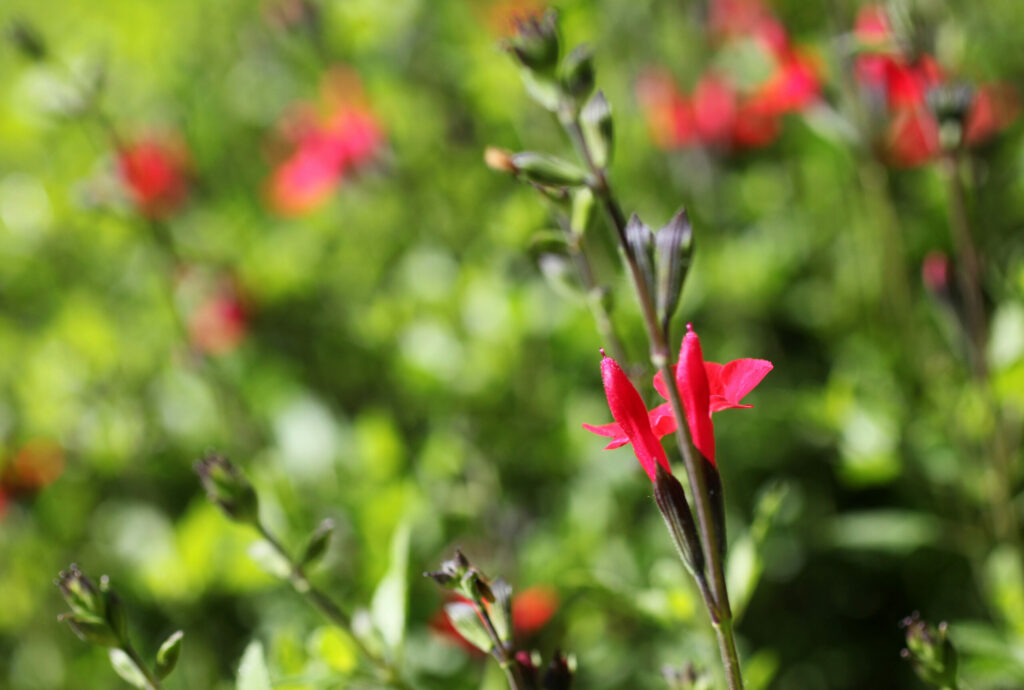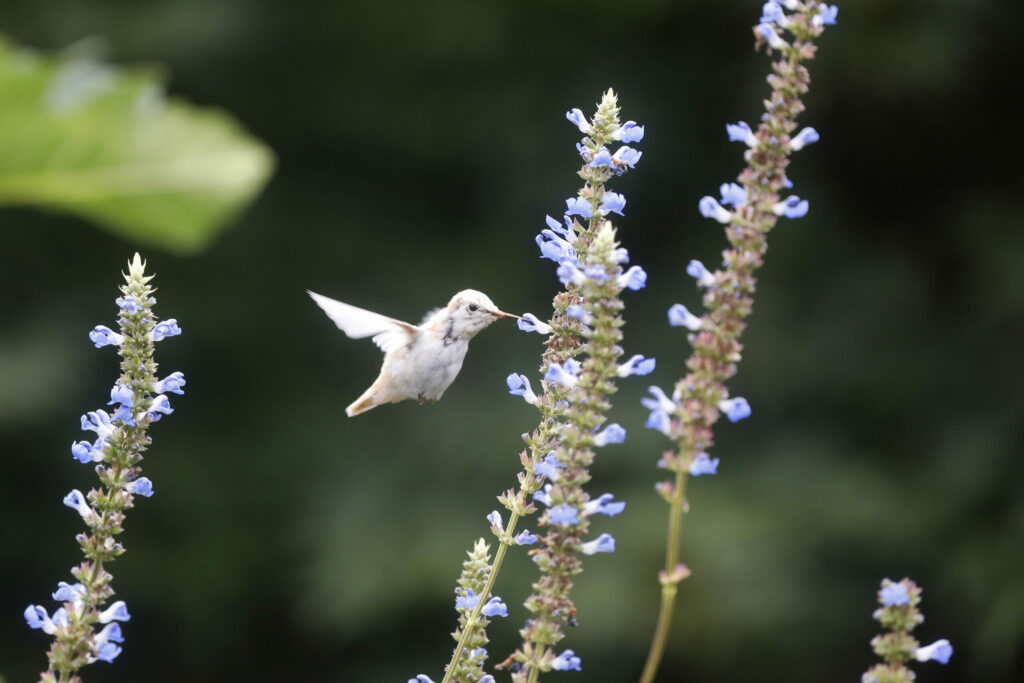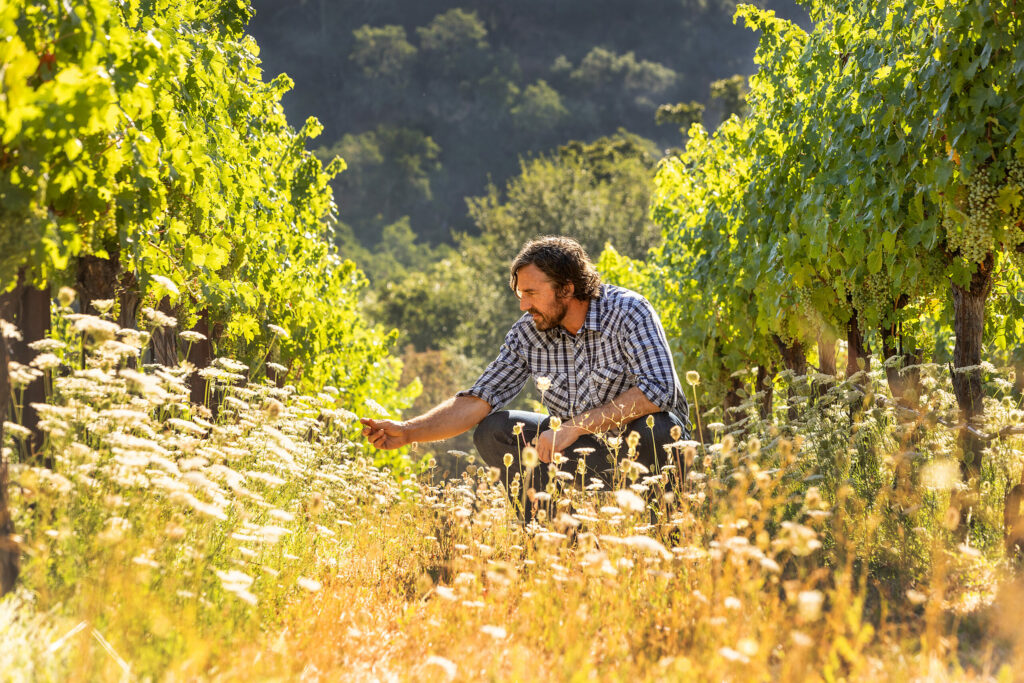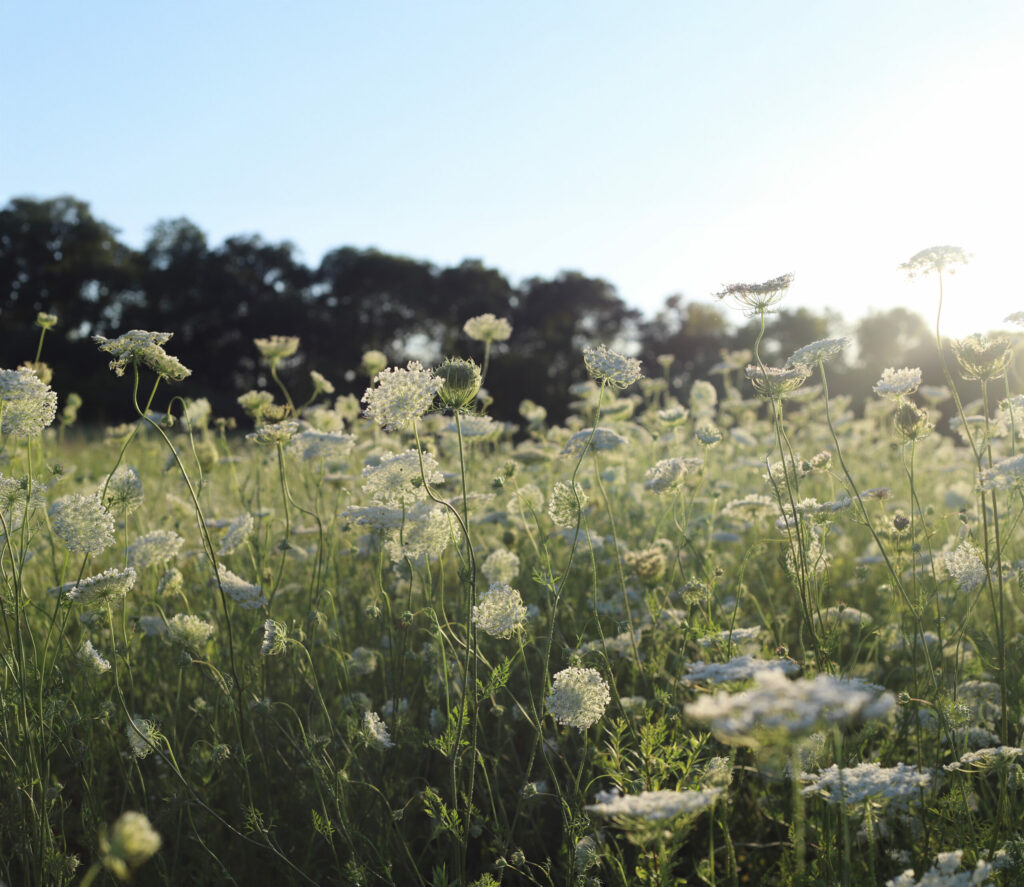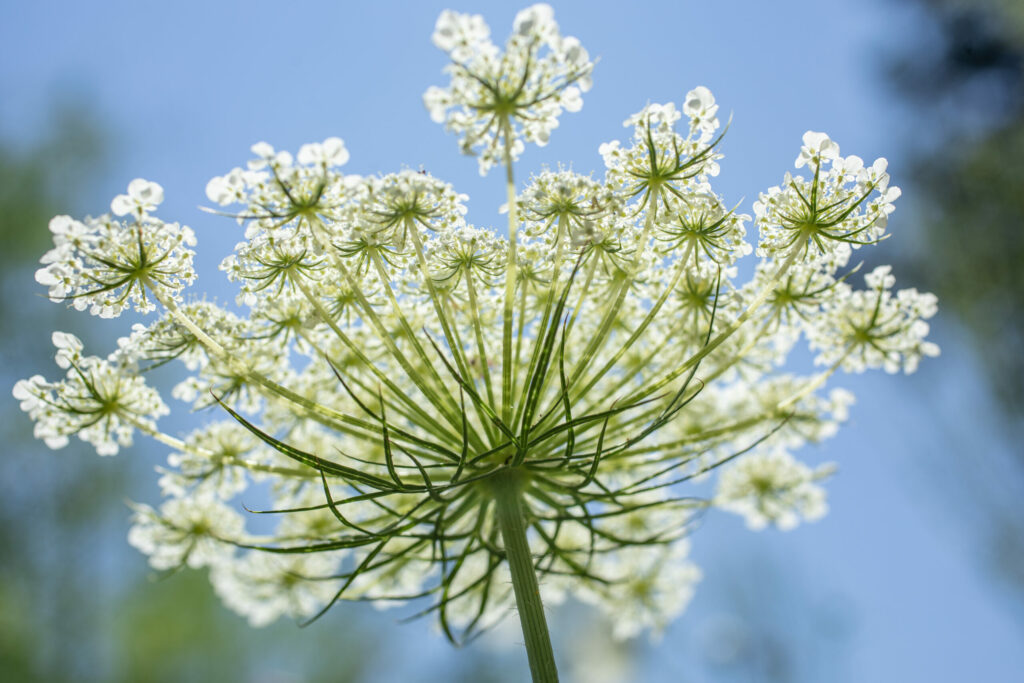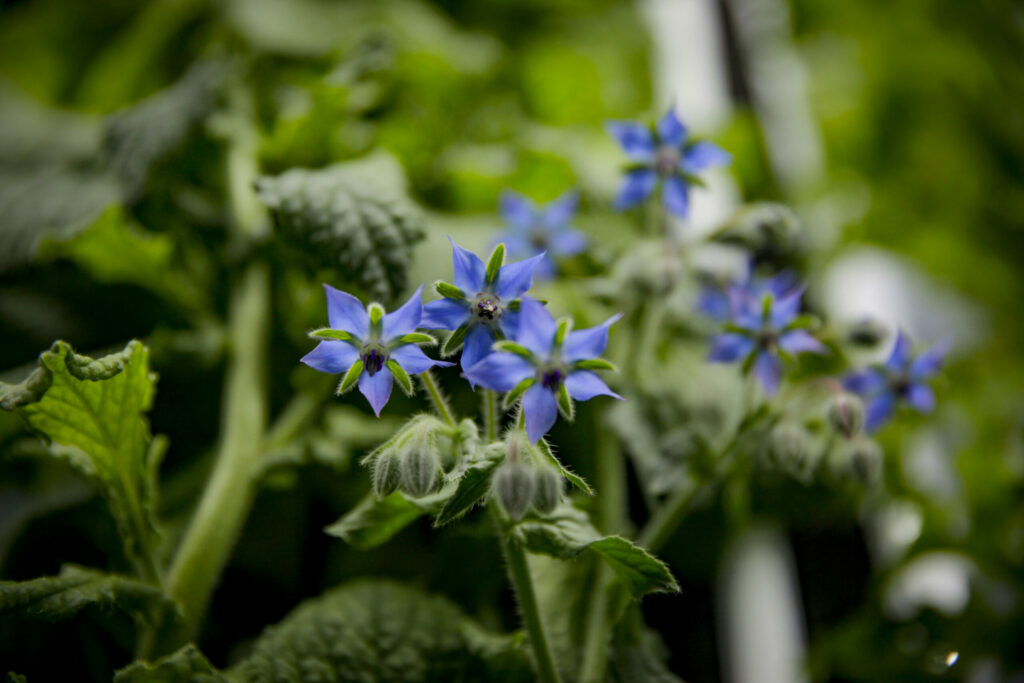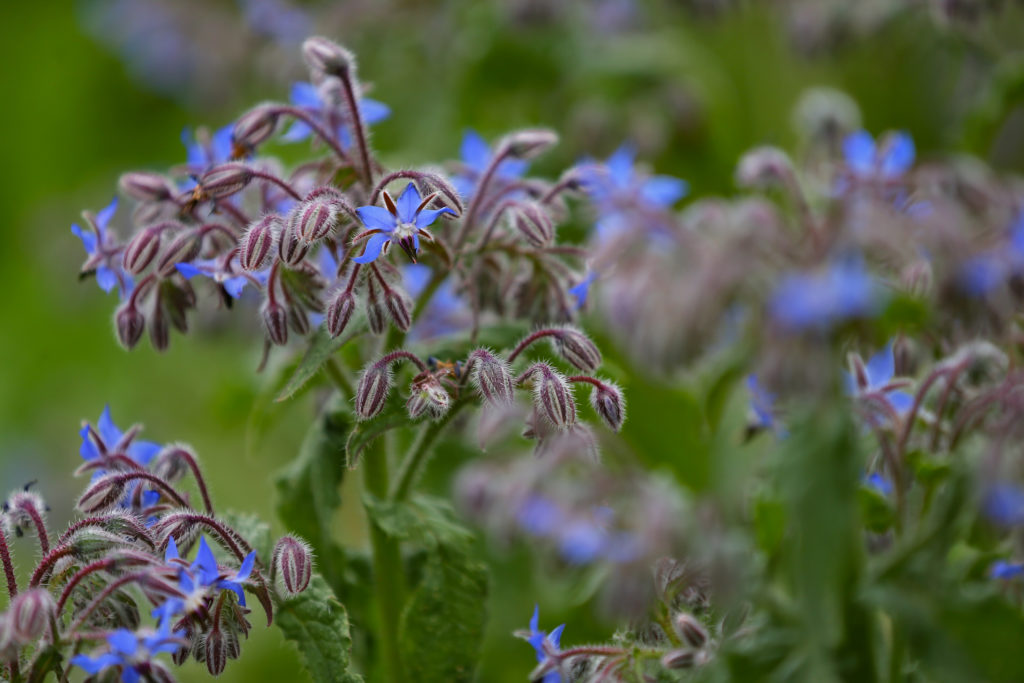As spring flowers fade into memory, ghosts of another season, what takes their place? Brown grass and weeds? Consider the summer flower.
Given our Mediterranean climate, California’s native pollinators — sweat bees, hover flies, hunting wasps — evolved with a world-class spring wildflower display but relatively scarce dry-season forage. Specialized late-summer bloomers like buckwheat, yarrow, and aster helped sustain these critical insects through fall.
Development, invasive plants, and altered land-management practices have impaired late-summer flower habitat, while the introduction of European honeybees has increased competition for their pollen and nectar. It’s enough of an issue that Sebastopol’s Ellen Sherron, an experienced “beetender” and longtime California native plant expert and evangelist, realized she needed to do something about it.
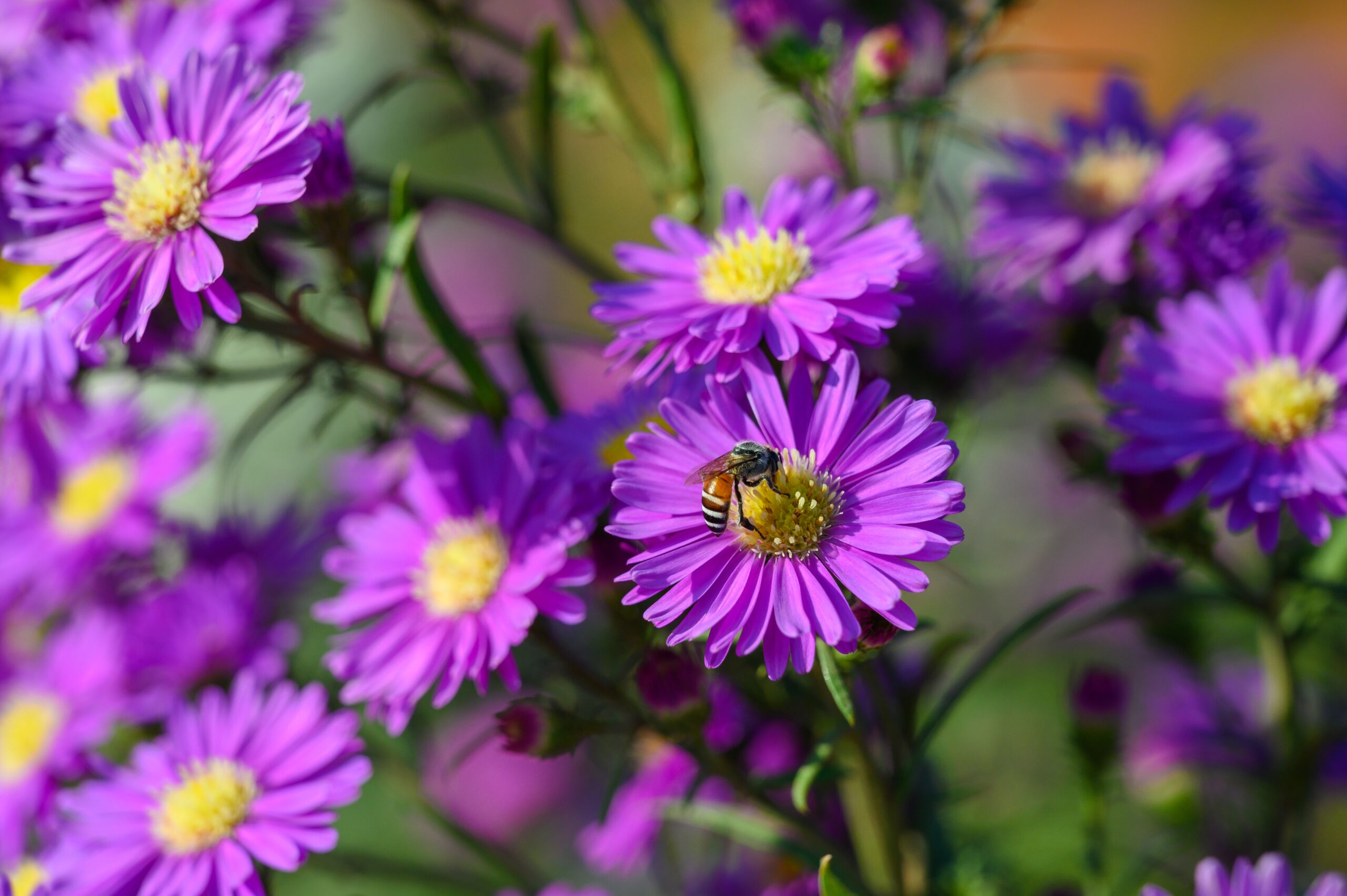
“During the summer in California, it’s like Wisconsin in February,” Sherron says. “There’s nothing for anybody to eat, it’s just dried-out hills.” So, in 2016 she helped launch Gardening for Bees, a subgroup within the 400-plus-member Sonoma County Beekeepers Association, to promote planting and landscaping practices that support both honeybees and native pollinators — especially in summertime.
The list of late-summer-blooming natives is short, but Gardening for Bees also recommends plants originating elsewhere as long as they’re not invasive. Sherron embraces low-maintenance selections that thrive with limited summer water once established, like borage and “Hot Lips” salvia, which grow on a quarter of her 1-acre property.

“It’s a wild place, but also a pollinator habitat,” she says. “It’s really important to plant these wild gardens that have something that will carry everybody through the summer. Birds get seeds, too.”
Such a natural and holistic view of residential landscaping is taken a step or two further by practitioners of permaculture, a land-management discipline that accounts for soil communities, water retention, food production, and habitat.
Benefits can accrue to all these areas, and wild late-summer flowers — often considered weeds — can show their true colors if landscapers let things be, says Erik Ohlsen, founder and owner of Permaculture Artisans, a regenerative landscaping company in Sebastopol.
This is true even in herb and vegetable gardens where annuals like kale, cilantro, parsley, fennel, and lettuce serve both birds and beneficial insects if allowed to live out their natural lifecycle.
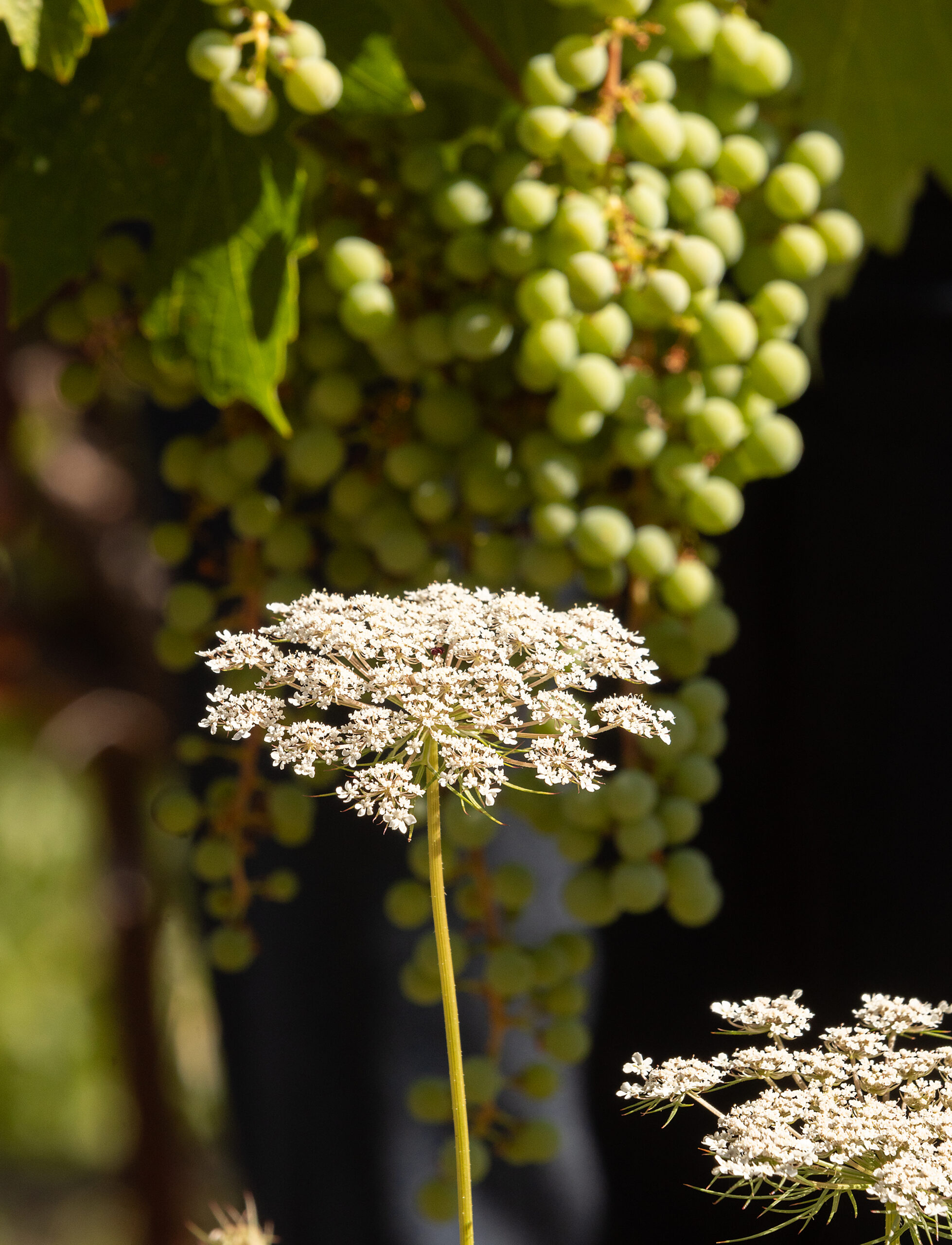
“I’m a huge advocate of allowing plants to go to seed,” Ohlsen says. “This is counter to a lot of modern garden aesthetics around keeping everything clean.”
Outside the garden, in lawns, fields, and other pastoral settings, Ohlsen says it’s OK to let non-native yet naturalized late-summer bloomers — like Queen Anne’s lace, white clover, and Spanish lotus — flower fully through thoughtful weeding and mowing. Such practices also support soil health and animal habitat.
So certainly, consider the summer flower — and see what follows.





